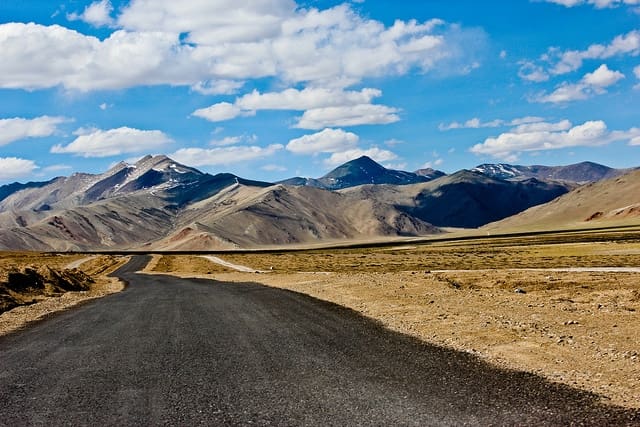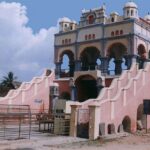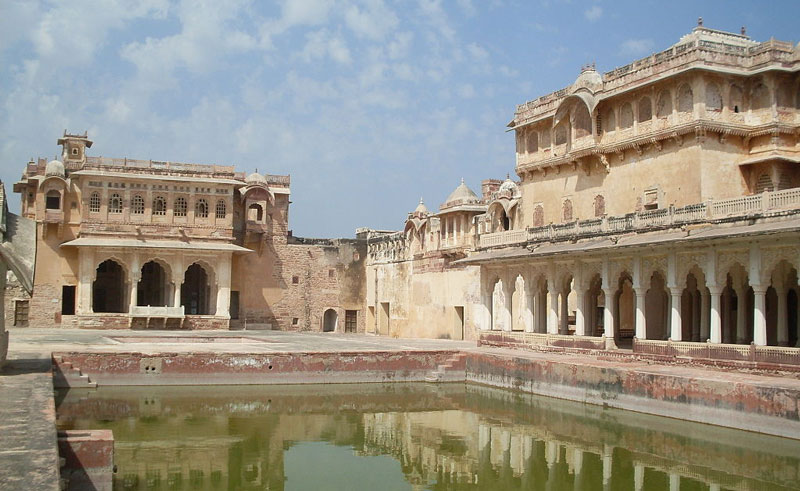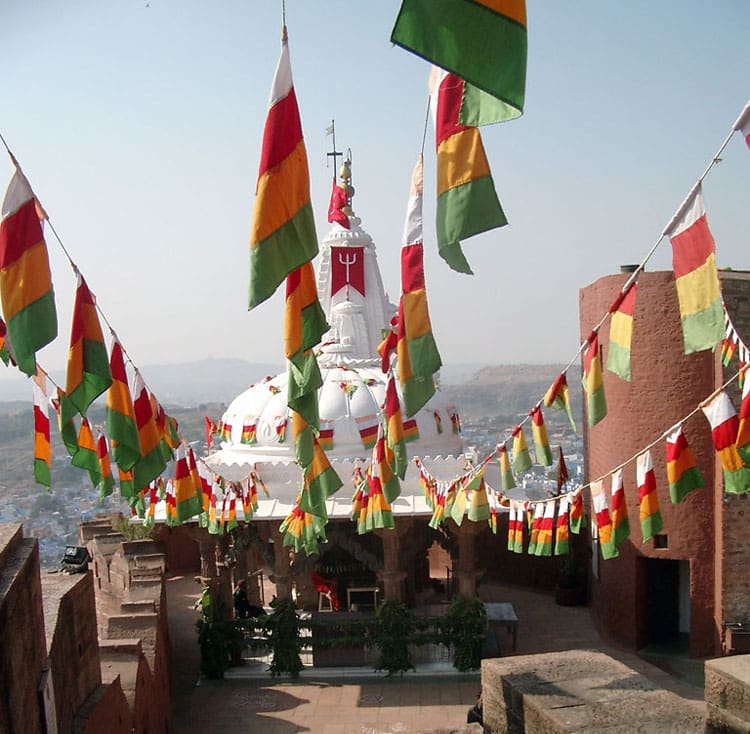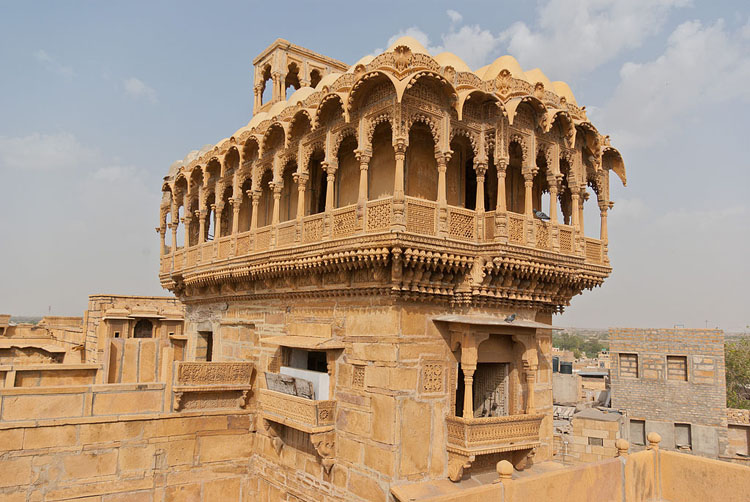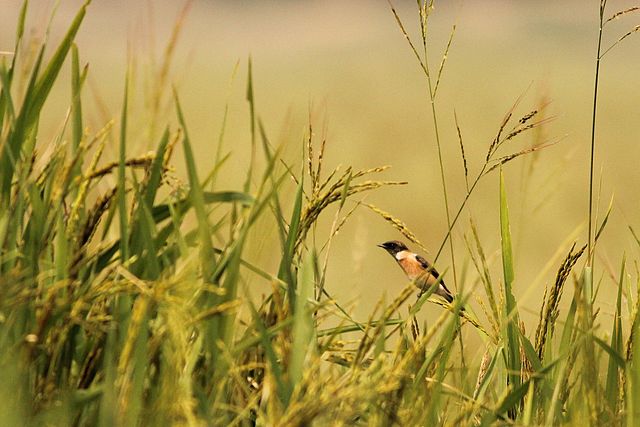Ladakh, often referred to as the “Land of High Passes,” boasts breathtaking landscapes, ancient monasteries, and a unique cultural heritage. Leh, the capital of Ladakh, serves as the gateway to this mesmerizing region. From serene lakes to towering mountain peaks, Leh offers a perfect blend of natural wonders and cultural richness. Let’s embark on a journey through the best time to visit, places to explore, activities to engage in, and essential travel information for an unforgettable experience in Leh.
Places To Visit:
1. Pangong Lake:
Situated at an elevation of over 14,000 feet, Pangong Lake is a shimmering jewel in the Ladakhi landscape. Its pristine blue waters against the backdrop of snow-capped mountains create a scene straight out of a postcard. The lake extends from India to China, offering a surreal experience for visitors.
Things to do: Marvel at the ever-changing colors of the lake, engage in photography, and take a memorable boat ride to fully appreciate the tranquility of Pangong.
2. Nubra Valley:
Known as the “Valley of Flowers,” Nubra is a cold desert region adorned with scenic landscapes. The valley is accessible via the highest motorable pass, Khardung La. Diskit Monastery, perched on a hill, provides panoramic views of the valley.
Things to do: Explore the sand dunes, take a camel safari on the double-humped Bactrian camels, and visit Diskit Monastery to immerse yourself in Ladakh’s Buddhist culture.
3. Shanti Stupa:
Perched atop a hill, Shanti Stupa is a white-domed structure that stands as a symbol of peace and harmony. Offering panoramic views of Leh, it is an ideal spot to witness a breathtaking sunrise or sunset.
Things to do: Experience the serene ambiance, participate in meditation sessions, and capture the scenic beauty of Leh from this vantage point.
4. Leh Palace:
A testament to Ladakh’s rich history, Leh Palace is an ancient royal palace that overlooks the Leh town. The architecture reflects Tibetan and Central Asian influences.
Things to do: Delve into Ladakh’s history, explore the palace’s architecture, and enjoy panoramic views of Leh and the surrounding mountains.
5. Tso Moriri Lake:
Located at an altitude of about 15,000 feet, Tso Moriri is a high-altitude lake surrounded by majestic mountains. The serene environment and diverse bird species make it a haven for nature enthusiasts.
Things to do: Bird-watching, capturing the serene beauty of the lake, and camping by its shores for an immersive experience.
Things to do:
1. River Rafting in Zanskar River:
For adventure seekers, the Zanskar River offers an exhilarating river rafting experience. The challenging rapids and scenic landscapes along the riverbanks make it a must-try activity.
Tips: Engage in a guided river rafting expedition, and relish the stunning views while navigating the Zanskar River’s rapids.
2. Bike Trip to Khardung La:
Embark on a thrilling bike journey to Khardung La, known as the world’s highest motorable pass. The scenic route offers panoramic views of the Himalayas.
Tips: Ensure your bike is well-maintained, carry essential gear, and acclimatize properly to the high altitude.
3. Visit Magnetic Hill:
Experience the magnetic phenomenon at Magnetic Hill, where vehicles seemingly move uphill on their own due to an optical illusion.
Tips: Enjoy the surreal experience, capture photographs, and understand the science behind this natural wonder.
4. Trek to Stok Kangri:
For trekking enthusiasts, Stok Kangri presents a challenging yet rewarding ascent. Standing at over 20,000 feet, it offers breathtaking views of the Himalayas.
Tips: Acclimate gradually to the high altitude, join guided trekking groups, and be prepared for changing weather conditions.
5. Explore Monasteries:
Ladakh is dotted with monasteries that showcase its deep-rooted Buddhist culture. Hemis Monastery, Thiksey Monastery, and Shey Monastery are among the prominent ones.
Tips: Respect monastery customs, attend traditional Buddhist rituals, and witness colorful festivals if your visit coincides.
Climatic Conditions:
Leh experiences a cold desert climate with extreme temperature variations. Summers (June to September) offer pleasant weather, with daytime temperatures ranging from 20°C to 30°C. Winters (October to April) bring freezing temperatures and heavy snowfall, making many areas inaccessible.
Best time to visit:
The best time to visit Leh is during the summer months (June to September) when the weather is mild, and most roads and attractions are accessible. Winter visits are limited due to extreme cold and road closures.
How to Reach:
Leh is accessible by air, and the Kushok Bakula Rimpochee Airport connects the region with major cities like Delhi and Srinagar. Additionally, Leh can be reached by road via the Manali-Leh Highway or the Srinagar-Leh Highway.
History:
Leh has a rich history that dates back centuries. As a strategic trading post along the historic Silk Road, Leh has been influenced by Tibetan, Central Asian, and Indian cultures.
Tips: Explore the historical significance of Leh by visiting ancient structures and engaging with the local community to learn about their traditions.
Food:
Ladakhi cuisine is a delightful blend of flavors influenced by the region’s geography and culture. Thukpa (noodle soup), Momos (dumplings), and Butter Tea are local favorites.
Tips: Savor Ladakhi cuisine at local eateries, and try traditional dishes to experience the unique flavors of the region.
Accessibility and Accommodation:
Leh offers a range of accommodations, from budget guesthouses to luxury hotels. The town is easily navigable on foot, allowing visitors to explore its charming streets.
Tips: Book accommodations in advance, especially during the peak tourist season. Consider staying in traditional Ladakhi homestays for a more immersive experience.
Nearby Hotel & Restaurant:
- Grand Dragon Ladakh:
- A luxury hotel offering modern amenities.
- The Tibetan Kitchen:
- Known for its authentic Ladakhi cuisine.
Tips: Explore local restaurants to savor Ladakhi delicacies, and choose accommodations based on your preferences and budget.
How To Reach:
Leh can be reached by air, and the Kushok Bakula Rimpochee Airport is well-connected to major cities. Road access is available via the Manali-Leh Highway and the Srinagar-Leh Highway.
Tips: Check flight and road conditions before planning your journey, and be prepared for possible altitude sickness.
Tourist Map:
Local maps are available in Leh town, guiding visitors to key attractions and facilities.
Tips: Pick up a tourist map to navigate Leh and plan your itinerary effectively.
Distance From Major Cities:
- Delhi to Leh:
- Approximately 1,000 km by air.
- Srinagar to Leh:
- Approximately 420 km by road.
Tips: Understand the travel distances and plan your itinerary accordingly, considering possible travel delays.
Nearby Places:
- Hemis Monastery:
- Explore the largest and wealthiest monastery in Ladakh.
- Thiksey Monastery:
- Admire the architectural beauty and panoramic views.
Tips: Explore nearby attractions to make the most of your visit, and plan day trips to these significant monasteries.
Tourist attraction:
The mesmerizing landscapes, serene monasteries, and high-altitude lakes are the main attractions of Leh, offering a unique blend of natural and cultural wonders.
Tips: Prioritize your itinerary based on your interests, whether it’s nature exploration, cultural experiences, or adventure activities.
How to:
Engage in outdoor activities like trekking, river rafting, and biking to make the most of your Leh experience.
Tips: Participate in local activities, interact with the community, and embrace the Ladakhi way of life for a more enriching experience.
Travel Tips:
- Acclimatize gradually:
- Spend a day or two acclimatizing to the high altitude to avoid altitude sickness.
- Pack warm clothing:
- Even during summers, carry layers as temperatures can vary.
- Stay hydrated:
- Due to the arid climate, ensure you stay well-hydrated throughout your visit.
Tips: Follow these travel tips to ensure a comfortable and safe experience in Leh, considering its unique geographical conditions.
FAQs:
- What is the altitude of Leh?
- Leh is situated at an altitude of approximately 11,500 feet above sea level.
- Are permits required to visit certain areas in Ladakh?
- Yes, certain areas in Ladakh, especially near border regions, may require permits for tourists. Check with local authorities or tour operators for updated information.
Tips: Be well-informed about local regulations and permits to ensure a hassle-free exploration of Ladakh.


